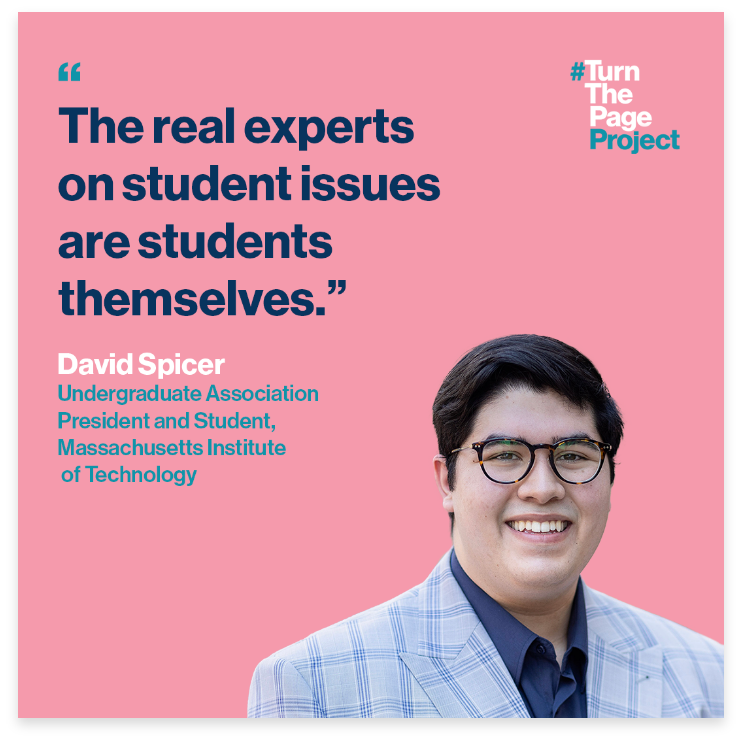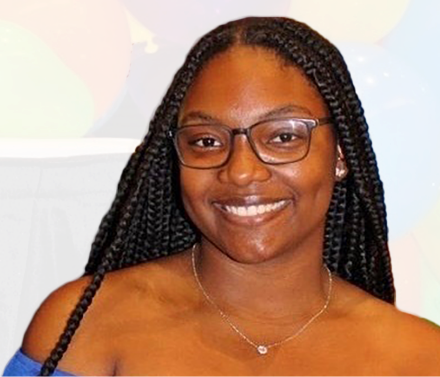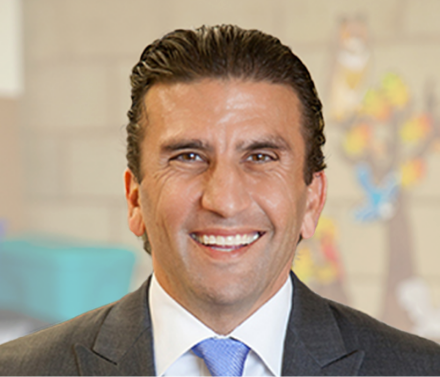THROUGHOUT COVID, especially that first year, students really suffered from isolation. I’ve heard from students who, outside of Zoom classes, wouldn’t speak to anyone for an entire day in their physical space. That really takes a toll on students. Even on the tail end of the pandemic, we’re still seeing that increased need for mental health support.
Any space where there’s decision-making, there should also be a student.”
Students who are most disconnected are often students of color. Having culturally competent clinicians is so important, but really lacking right now. I’m a Mexican American student. What does it mean for a student like me when I don’t see a clinician who’s Latinx? Identity is such a core part of students’ lives—it drives a lot of how they view the world. It really does create a barrier to access when they’re not able to find a clinician.
There’s a healthcare center here in Boston that specializes in LGBTQ+ care. So many students told me that they were on a three- to six-month waiting list. When you think about it, that’s an entire semester of issues that a student has to put on pause to seek help.

SHARE DAVID’S PERSPECTIVE!
To sound the alarm for leaders in government and philanthropy, a 2018 MIT public service center survey found that 18 percent of MIT students said it’s not important at all to be a leader in your community. It’s really scary when there’s a lack of students willing to answer the call of leadership. Investing in professional development and creating leadership pipeline opportunities is key to fostering the next generation of leaders who can carry on the work.
Sometimes youth are overlooked in terms of their skills and their ability to carry out change. This may come as a shock, but I think the real experts on student issues are students themselves. The leaders I really admire are those who actively bring constituents into the process, not someone who brings in students at the tail end of an initiative to ask for the final yay or nay. If you truly want to serve students, have those conversations at the beginning. They can be informal conversations, maybe eating lunch with students at your university dining hall or chatting with students in the hallway. But also, have more formal structures, like search committees, and think about what input you’re taking from the student representative. There are all these tiny avenues in education that involve decision-making. Any space where there’s decision-making, there should also be a student.







